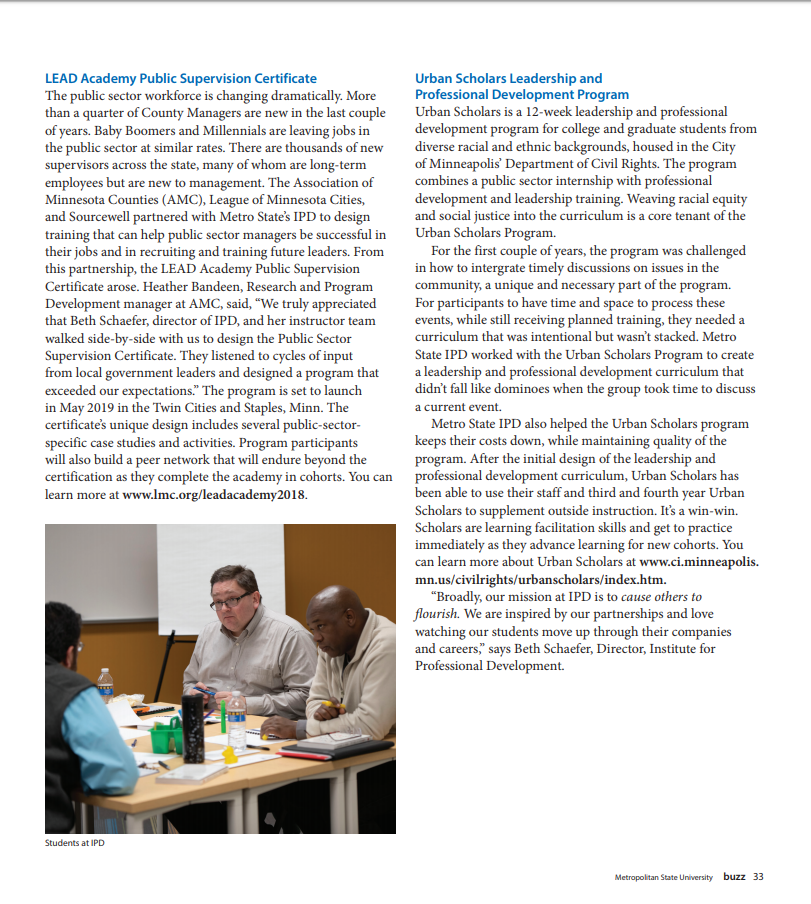How does Leadership encourage Agile and innovation in a Bureaucracy?
By: Beth Schaefer Director, Institute for Professional Development
Are you a leader supporting Agile efforts in a large traditional or bureaucratic organization? Let’s help each other.
I have Agile going on two fronts now – well, three if count our Agile training programs.
- My department is designing and building new business architecture courses with an agile or iterative approach. More on this in the next pocket agile blog.
- On the university org. chart, my department has been housed in the Center for Education Innovation (CEI) for the last two years. We are in talks of how to be agile in a government institution like a university.
What is the Center for Education Innovation (CEI)?
The Center is comprised of what I consider the most entrepreneurial of the university departments (although I am sure some would argue otherwise) because they are departments that say, “yes” to new ideas and then figure out a way to do it. As department leaders, we are all calculated risk takers.
Up until now, despite being under the same org. chart umbrella, our departments have largely worked independently of each other or, at best, done some ad hoc, as-needed collaborations. We do talk about making sure we maintain a culture of innovation, and we have loosely defined what the elements of that culture need to be.
As often happens on the organizational maturity continuum, we are looking at moving from ad hoc to standardizing or making our innovation efforts more intentional. We have started informal discussions on what the value proposition of the CEI should be, who the CEI customers are, and who (what other departments or roles) might be necessary to enable CEI to be Agile and innovative amid a large bureaucracy.
So, here are my big questions –
- If the Agile approach is a necessary component of innovation, how does one blend Agile with bureaucratic processes?
- If we start formalizing our CEI to better navigate existing processes, at what point, is the CEI no longer entrepreneurial and just another branch of the bureaucracy?
What is your best lesson learned to share with the rest of us? I am curious to hear from you.
To help, I found this snippet in a longer article in the Harvard Review called Agile at Scale. I think it provides an interesting intersection between agile pockets and traditional organizational structure.
When leaders haven’t themselves understood and adopted agile approaches, they may try to scale up agile the way they have attacked other change initiatives: through top-down plans and directives.
The track record is better when they behave like an agile team. That means viewing various parts of the organization as their customers—people and groups whose needs differ, are probably misunderstood, and will evolve as agile takes hold.
The executive team sets priorities and sequences opportunities to improve those customers’ experiences and increase their success. Leaders plunge in to solve problems and remove constraints rather than delegate that work to subordinates. The agile leadership team, like any other agile team, has an “initiative owner” who is responsible for overall results and a facilitator who coaches team members and helps keep everyone actively engaged.
I have sent this article to the other directors under the Center of Education Innovation umbrella, and await their thoughts as to our next steps.
In addition, I am interested in knowing other leaders successes or failures.
Please comment on our LinkedIn or Facebook pages.






